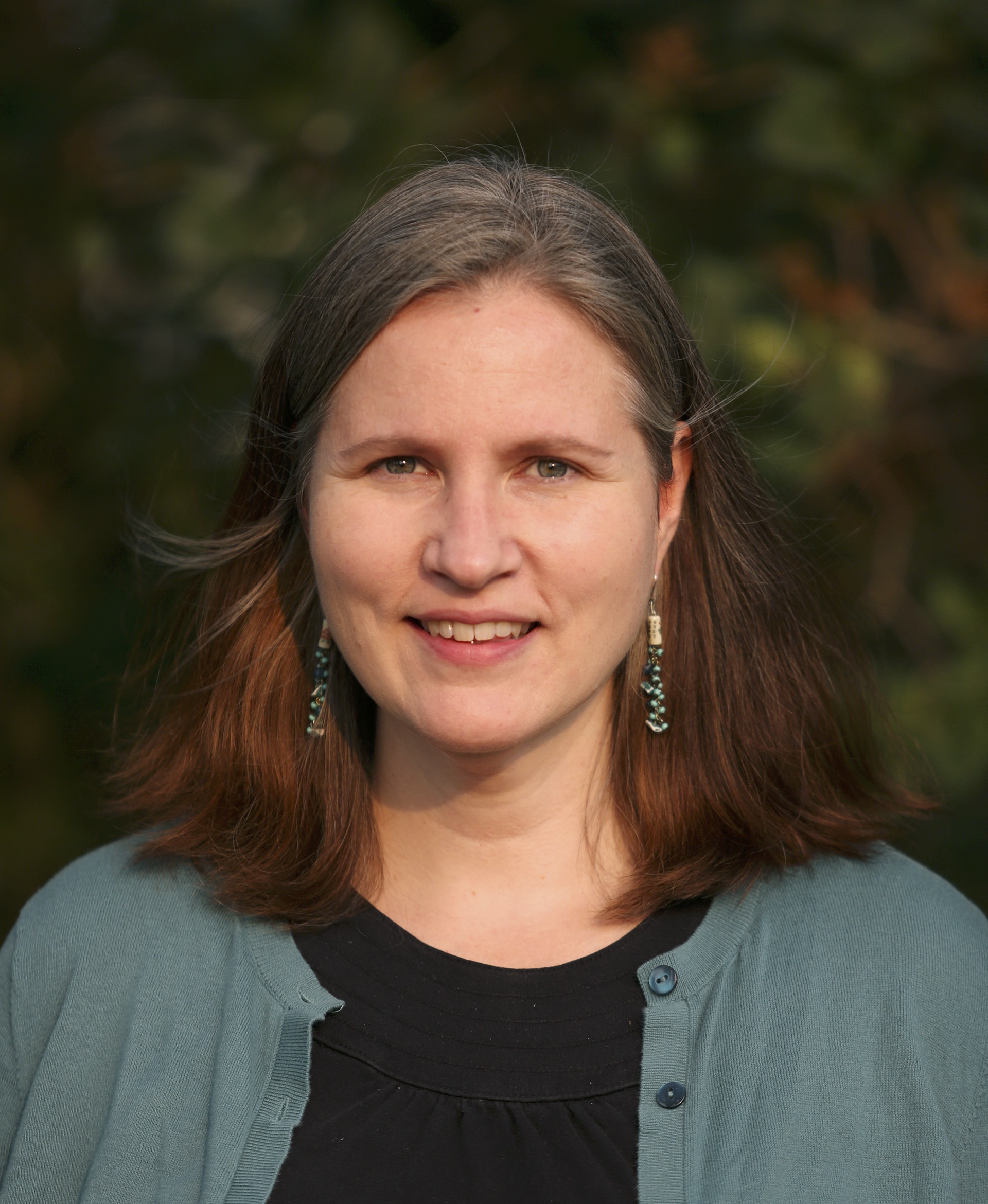
Dr. Amanda Van Lanen
- 208-792-2684
- [email protected]
- SPH 237
High-impact practices are educational opportunities that have been widely-tested and have been shown to improve student success, especially among historically underserved students. George Kuh, founding director of the National Survey of Student Engagement (NSSE), has found that these practices benefit students in a number of ways:
| First-year seminars | Learning communities | Common intellectual experiences |
| Undergraduate research | Capstone courses | Diversity/global learning |
| Collaboration | E-portfolios | Writing intensive courses |
| Service-learning | Internships |
The Belonging Project aims to help students achieve a sense of social and academic belonging through community building pedagogical practices, essential first year academic skills, and High Impact Practices. The project is designed to explore models for integrating and emphasizing community building, essential first year academic skills, and HIP in lower-division General Education course work.
Faculty redesigned an existing 100/200 level General Education Core course. The redesigned course included the following:
Eight faculty members participated in redesigning their General Education Core courses to incorporate high-impact practices and essential academic skills. Faculty redesigned courses to emphasize writing and critical thinking. Courses also included collaborative projects that promoted teamwork and community-based projects that connected coursework to larger social issues.
Examples of course activities include:
Results
Faculty in the first cohort reported that as a result of redesigning their courses, they spent more time on class discussion and less on lecturing. Community-based assignments that brought in “real world” components were received favorably by students. While there was some resistance to groupwork, overall student collaborations were positive and enhanced the learning experience. Emphasizing learning strategies and discussing attitudes toward learning with students improved student performance, although engaging student curiosity and encouraging students to think more deeply remained a challenge.
Bauer; Social Connectedness and Student Debt: Predicting College Retention at a Four-year Private Liberal Arts Institution. PhD Thesis; Drake University; 2015.
Campbell, T. A., & Campbell, D. E. (1997). Faculty/student mentor programs: Effects on academic performance and retention. Research in Higher Education, 38(6), 727-742.
Kahveci, A., Southerland, S. A., & Gilmer, P. J. (2006). Retaining undergraduate women in science, mathematics, and engineering. Journal of College Science Teaching, 36(3), 34- 38.
Kuh, George D. (2008). High-Impact Educational Practices: What They Are, Who Has Access to Them, and Why They Matter. American Association of Colleges & Universities.
Wallace, D., Abel, R., & Ropers-Huilman, B. R. (2000). Clearing a path for success: Deconstructing borders through undergraduate mentoring. The Review of Higher Education, 24(1), 87-102.